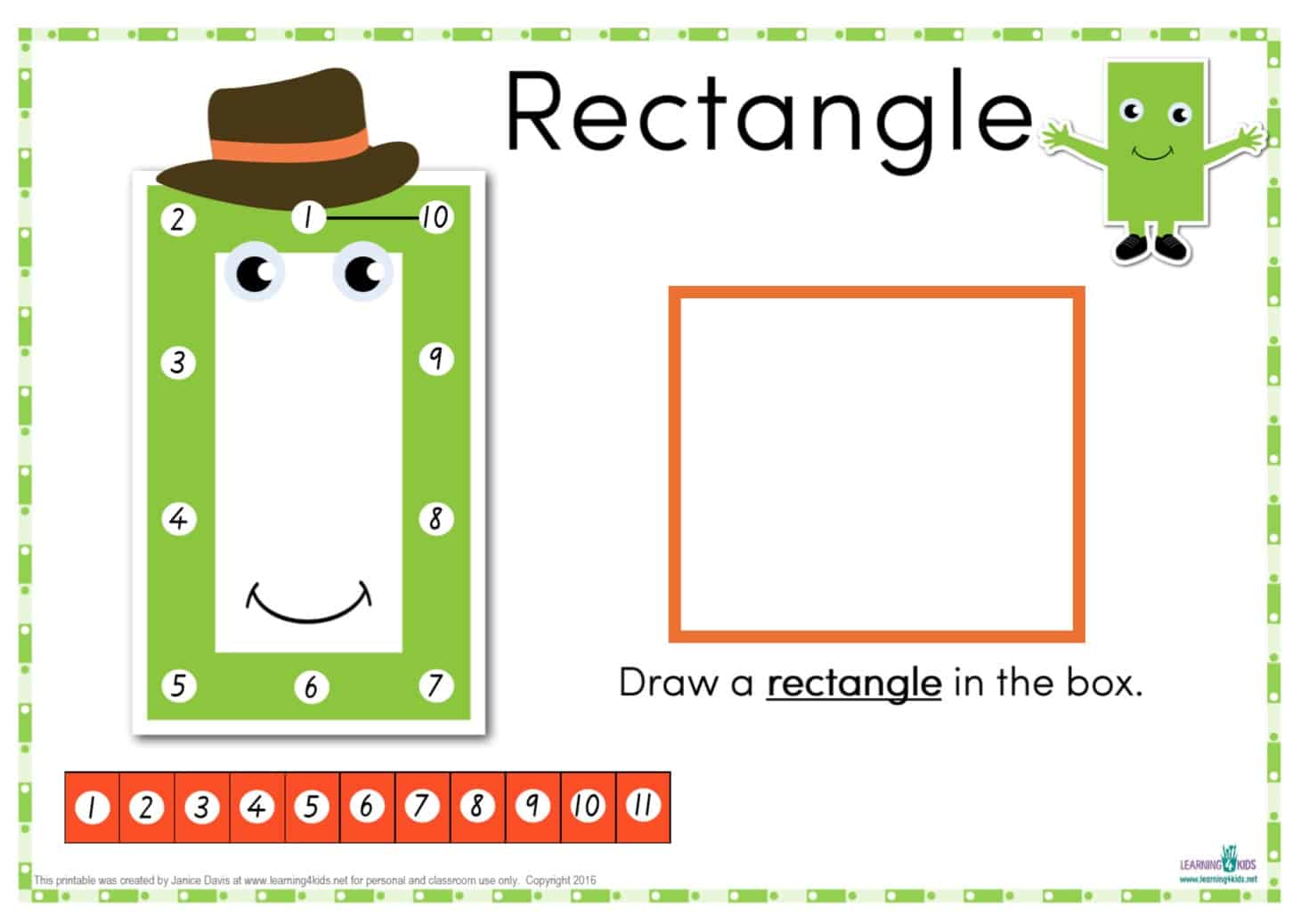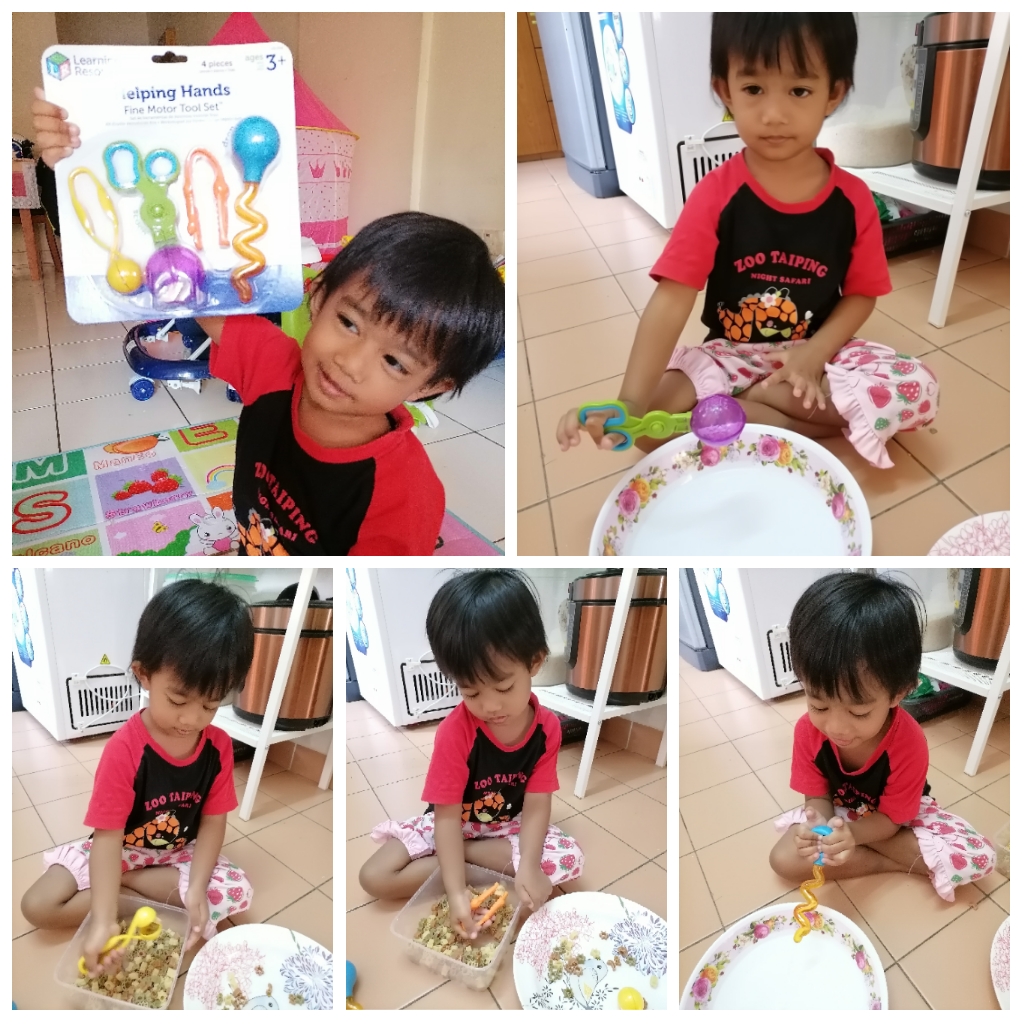phonics song 2
Table of Contents
Table of Contents
Are you struggling to teach your kids letter sounds in en_us language? It’s a crucial skill for young children to learn, but it can be challenging to know where to start. Don’t worry; we’ve got you covered with these tips and strategies to make teaching letter sounds fun and effective.
The importance of teaching kids letter sounds
Learning letter sounds is a fundamental skill that lays the foundation for reading and writing. Children who are confident in their letter sound knowledge are better equipped to recognize words, spell accurately, and learn to read comfortably.
How to teach kids letter sounds
If you want to teach letter sounds to your child, here are some tips and strategies to help you get started:
Step 1: Introduce the alphabet
Begin by introducing your child to the alphabet letters. Using letter cards, games or reading alphabet books will help your child to identify and recognize letters of the alphabet.
Step 2: Teach letter sounds
Once your child can identify the letters of the alphabet, introduce them to the letter sounds. There are many resources available, like songs, videos, and educational apps. Pick an engaging way to teach letter sounds and make learning fun!
Step 3: Practice, Practice, Practice
Repetition is the key to retaining information, so make sure you practice new letter sounds with your child daily. Write out letters, make word cards, and read books together while identifying the letter sounds.
 When and where is the best time to teach letter sounds?
When and where is the best time to teach letter sounds?
Teaching letter sounds can happen anywhere and anytime, but it’s best to make it a part of your daily routine. Choose a specific time of day, like during breakfast or before bedtime, to make it a consistent practice. Create a comfortable and quiet environment that’s conducive to learning to make the most of your teaching sessions.
The benefits of teaching letter sounds
Teaching letter sounds not only improves reading and writing skills, but it also increases cognitive development and can improve speech and language skills as well. Encouraging a child’s love for learning can provide educational and social benefits that will continue throughout their entire lives.
Frequently asked questions
1. At which age should I start teaching letter sounds?
Children as young as two years old are capable of learning letter sounds. The earlier you start, the better!
2. Should I focus on uppercase or lowercase letters first?
It’s essential to teach both uppercase and lowercase letters together as they have different shapes and sounds.
3. How often and for how long should I practice letter sounds with my child?
It depends on your child’s age and interest. For younger children, 10-15 minutes of daily practice will suffice. Older children may benefit from longer sessions.
4. What are some fun ways to practice letter sounds?
There are many ways to make learning letter sounds fun, like alphabet games, sensory bins, and songs. You can also use craft materials to create letter collages and use objects around your house to make letter shapes.
Teaching letter sounds requires patience and creativity
Teaching letter sounds to young children can be challenging, but it’s an essential foundation that will help them succeed in reading and writing. Remember to be patient and creative, and most importantly, have fun learning with your child.
 Conclusion
Conclusion
Teaching letter sounds may seem daunting, but it’s an important skill that will help children learn to read and write better. By using these tips and strategies, you can make learning letter sounds fun and effective. So, start incorporating these techniques into your daily routine, and watch your child grow into a confident reader and writer!
Gallery
Teaching Letters And Sounds - The Special Educator’s Guide To Survival

Photo Credit by: bing.com / sounds
“Phonics Song 2” - Teach Letter Sounds, Kids Learn ABC, English

Photo Credit by: bing.com / phonics english letter song sounds alphabet kids abc children nursery teach learn
Printable For Teaching Letter Sounds - The Measured Mom

Photo Credit by: bing.com / measured themeasuredmom
Mrs. Lowes’ Kindergarten Korner: Letter-Sound Recognition And A FREEBIE!

Photo Credit by: bing.com / letter sound correspondence teaching sounds kindergarten recognition guide flashcards freebie teacher groups managing reading small letters alphabet worksheets literacy printable
Visuals To Ask For Beginning Or Ending Sounds | Initial Sounds

Photo Credit by: bing.com / ending phonics lenguaje lectoescritura verbal enseñar escritura visuals cartable actividades abecedario anythin estrategias educativas comprensión preescolar leer





